The Helsinky subway improved their audio signage system by installing on demand and remotely activated audio beacons.
![[INFOGRAPHIC] How Can the City of Ottawa Improve its Accessibility with APS?](https://www.inclusivecitymaker.com/wp-content/uploads/2020/02/Ottawa_accessiblity_policy_blind-min-2-1080x675.jpg)
[INFOGRAPHIC] How Can the City of Ottawa Improve its Accessibility with APS?

[INFOGRAPHIC]
How Can the City of Ottawa Improve its Accessibility with APS?
Accessible Pedestrian Signals (APS) are Accessibility for Ontarians with Disabilities Act (AODA) compliant signals that help the blind and visually impaired cross the street safely relying on audio cues. They provide valuable assistance at complex or noisy pedestrian crossings when only relying on the traffic flow can prove to be at risk.
Their installation is an integral part of accessibility policies of major American and Canadian cities. Ottawa is one of those cities that put people first.
In a city where around 50,000 blind people have difficulties getting around, Ottawa accessibility design standards have been developed to encourage diversity, remove physical barriers and provide solutions embracing the principles of “universal design”.
These standards require APS to be provided where new pedestrian signals are being installed or where pedestrian signals are being replaced. However a fair amount of locations still remain unequipped and the number of pedestrian injuries and fatalities highly dissuades blind people from crossing streets.
This infographic intents to highlight the importance of implementing more APS units in Ottawa.
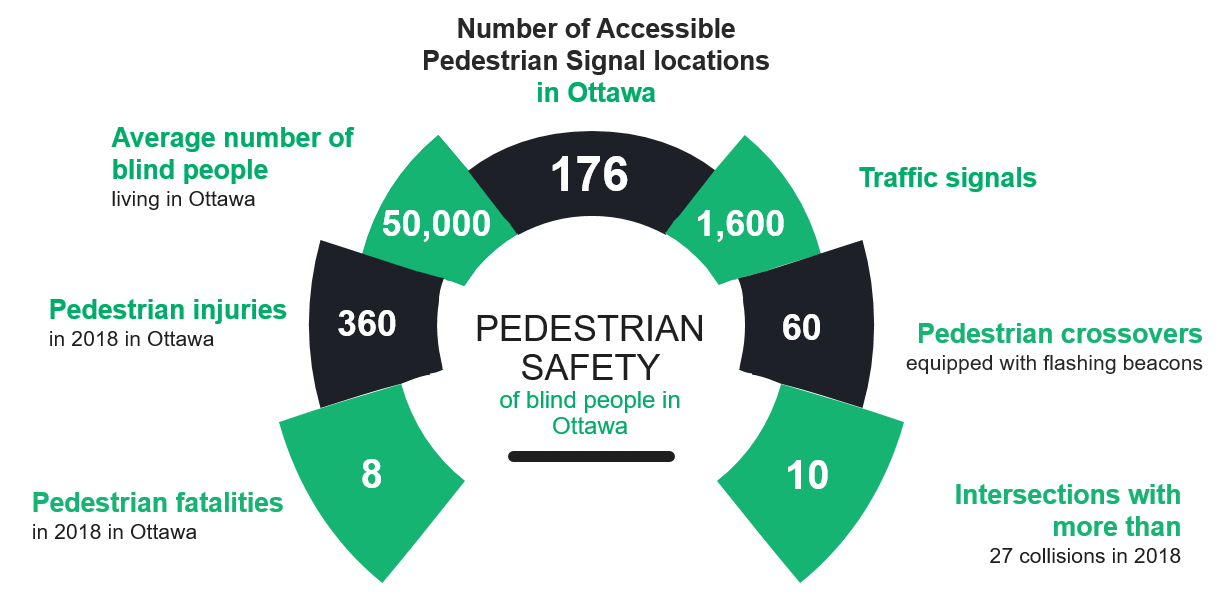
For more information about Toronto APS policy, read this article:
media
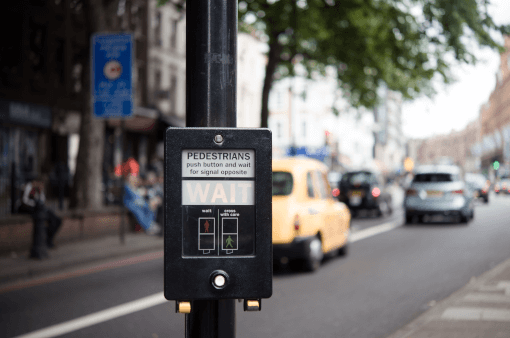
In a city where around 50,000 blind people have difficulties getting around, Ottawa accessibility design standards have been developed to encourage diversity, remove physical barriers and provide solutions embracing the principles of “universal design”.
writer

Zoe Gervais
Content Manager
stay updated
Get the latest news about accessibility and the Smart City.
other articles for you
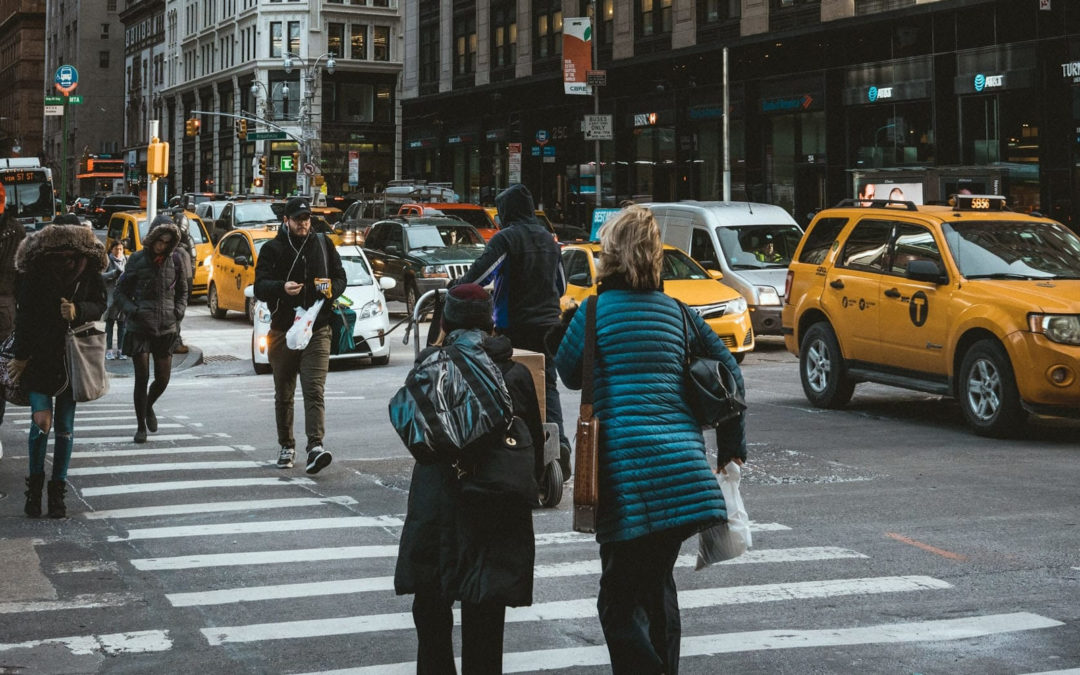
How to Create a Smart City for Deaf and Hearing Impaired People?
From the conception of your smart city, take into account the difficulties met by people with hearing impairments. The smart city needs to be exemplary in terms of accessibility.
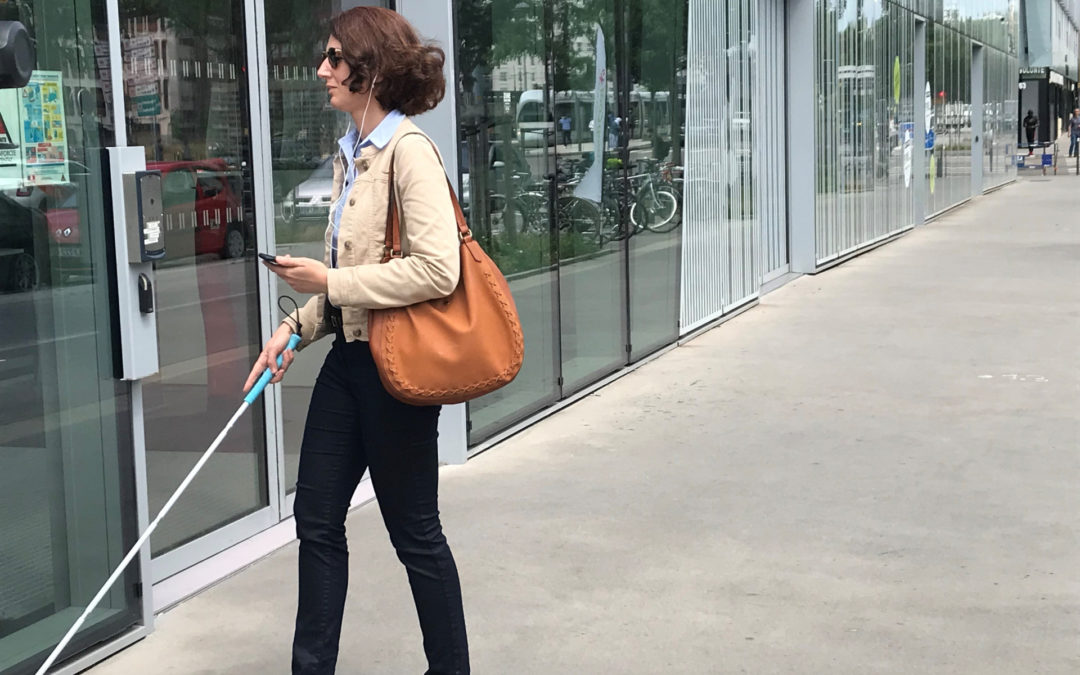
How to Create a Smart City for Blind and Visually Impaired People?
A smart city represents the gateway for a more accessible and inclusive city. Its sole purpose is to serve its citizens, including those with visual impairments.
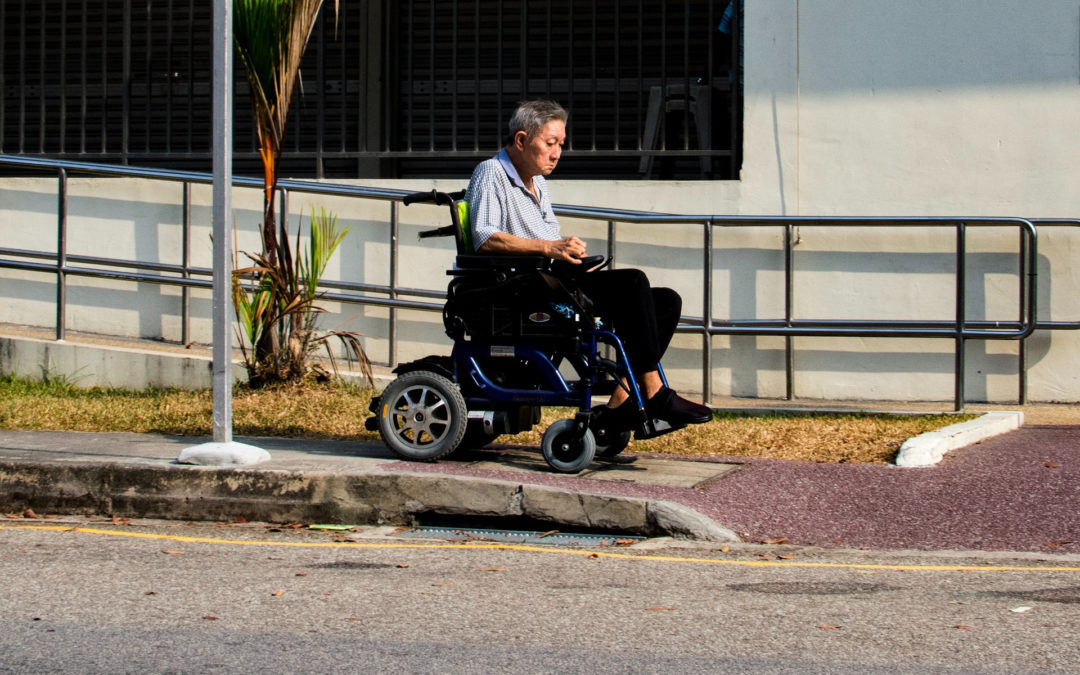
How to Create a Smart City for People with Physical Disabilities?
A smart city for people with physical disabilities takes into account their needs. Especially regarding their mobility.
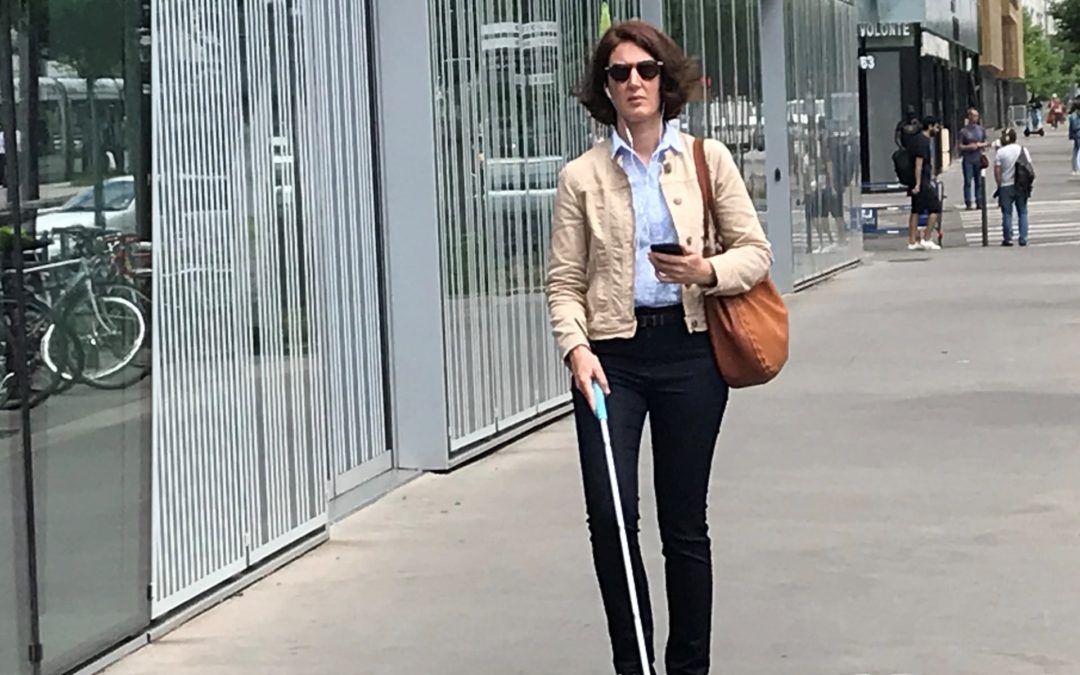
Assistive Technology for People with Disabilities: Is Human Assistance Really Obsolete for Their Mobility?
When getting around or finding their bearings in a complex venue, assistive technology can often replace human assistance.
share our article!
more articles

8 Clichés on Accessibility for Blind and Visually Impaired People
8 Clichés on Accessibility for Blind and Visually Impaired People What do people with a visual impairment need? Why are accessibility regulations so strict regarding visual and tactile contrasts, fall prevention and signage? You’ll discover in this article a few...
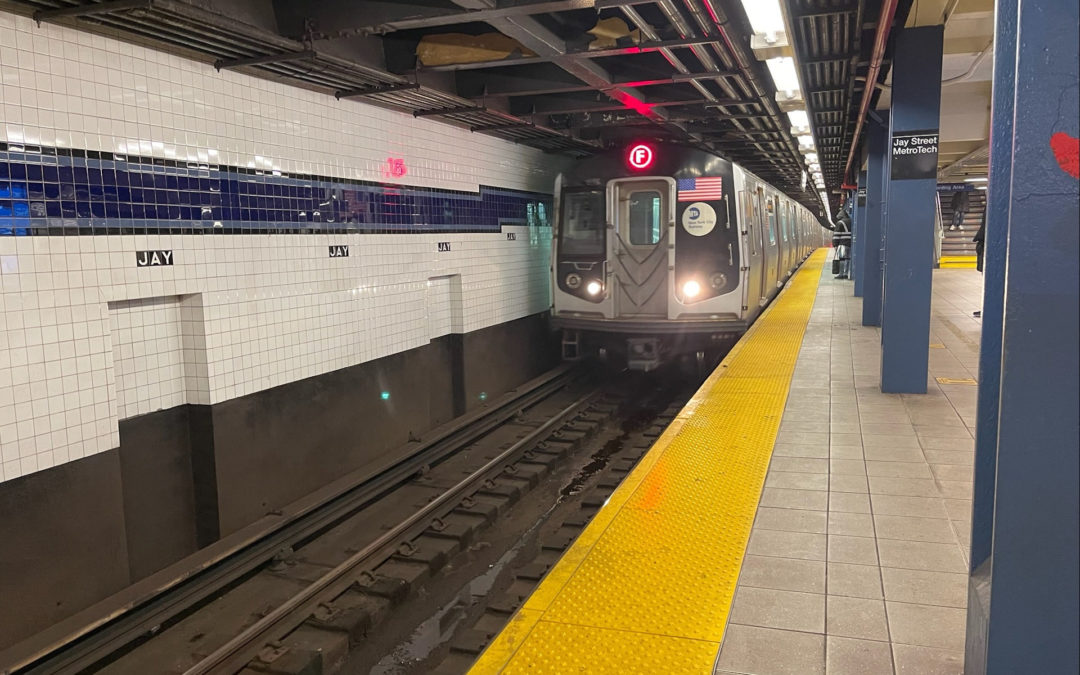
How to Foster Inclusive Mobility at Public Transit?
How to Foster Inclusive Mobility at Public Transit?Vous avez probablement entendu parler de mobilité inclusive, mais savez-vous ce que cela signifie concrètement ? Pour les transports publics du monde entier, cette notion prend de plus en plus d'importance et devient...

At What Intersections Should You Install Accessible Pedestrian Signals?
At What Intersections Should You Install Accessible Pedestrian Signals? When you install accessible pedestrian signals, you first need to ask yourself where exactly they are needed. Are there any intersections blind and visually impaired pedestrians particularly...

Invisible Disabilities: 80% of Disabled People Are Concerned!
Invisible Disabilities: 80% of Disabled People Are Concerned! Having a disability = using a wheelchair. That’s one persisting cliché! Actually, only 2% of people with disabilities are wheelchair users but 80% have invisible disabilities! What we mean by “invisible...
NEVER miss the latest news about the Smart City.
Sign up now for our newsletter.
Unsubscribe in one click. The information collected is confidential and kept safe.
powered by okeenea
The French leading company
on the accessibility market.
For more than 25 years, we have been developing architectural access solutions for buildings and streets. Everyday, we rethink today’s cities to transform them in smart cities accessible to everyone.
By creating solutions ever more tailored to the needs of people with disabilities, we push the limits, constantly improve the urban life and make the cities more enjoyable for the growing majority.










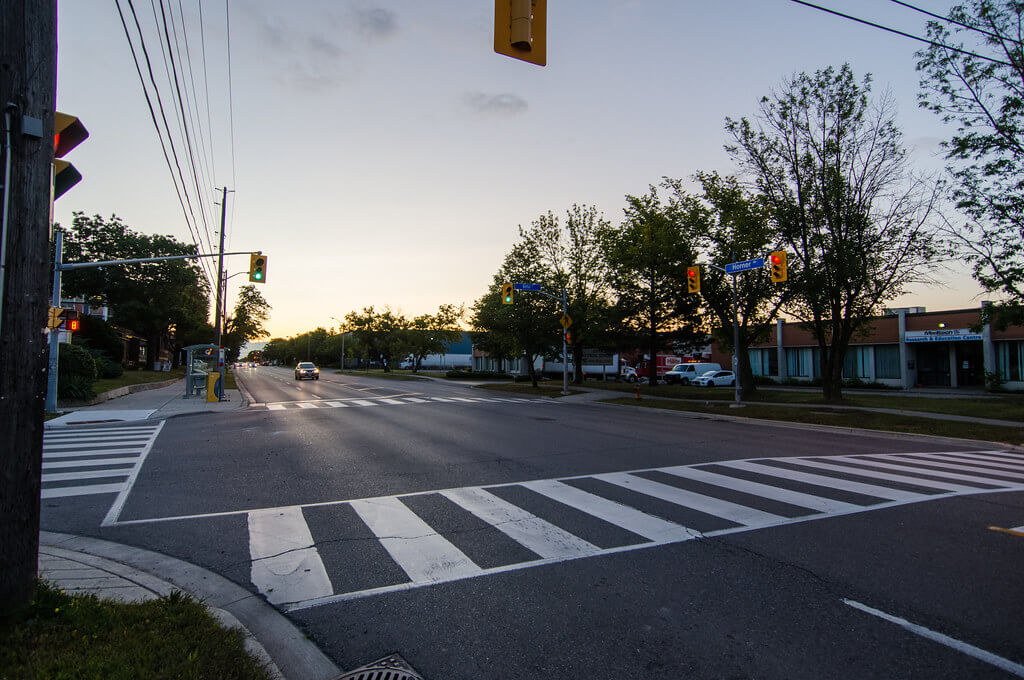
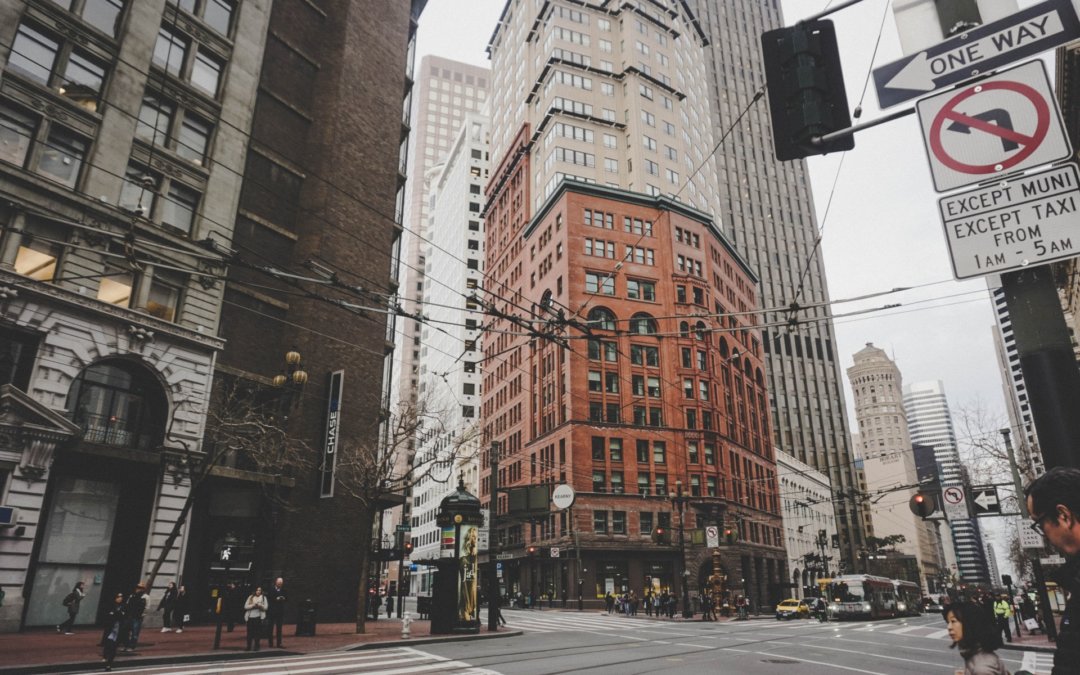
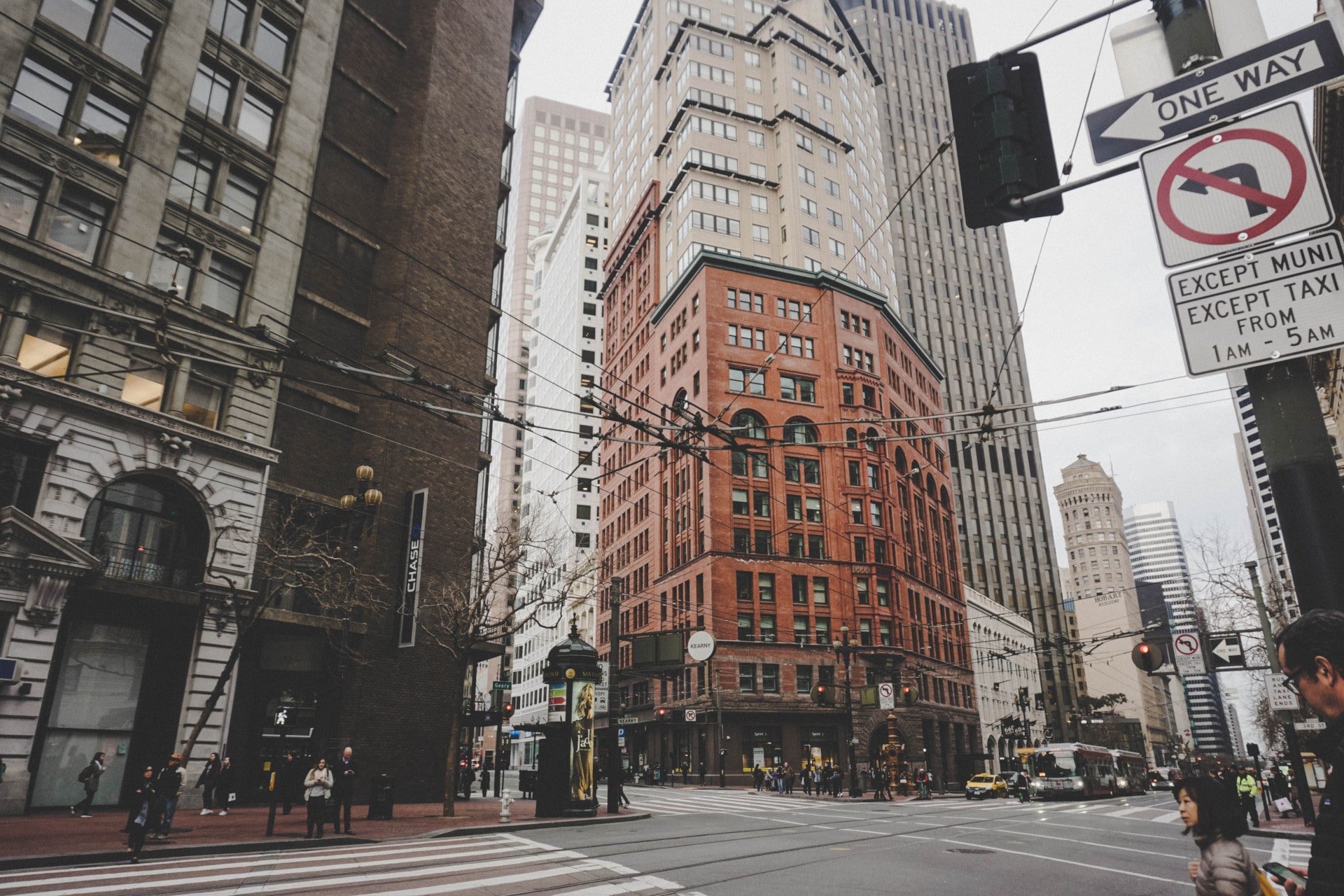
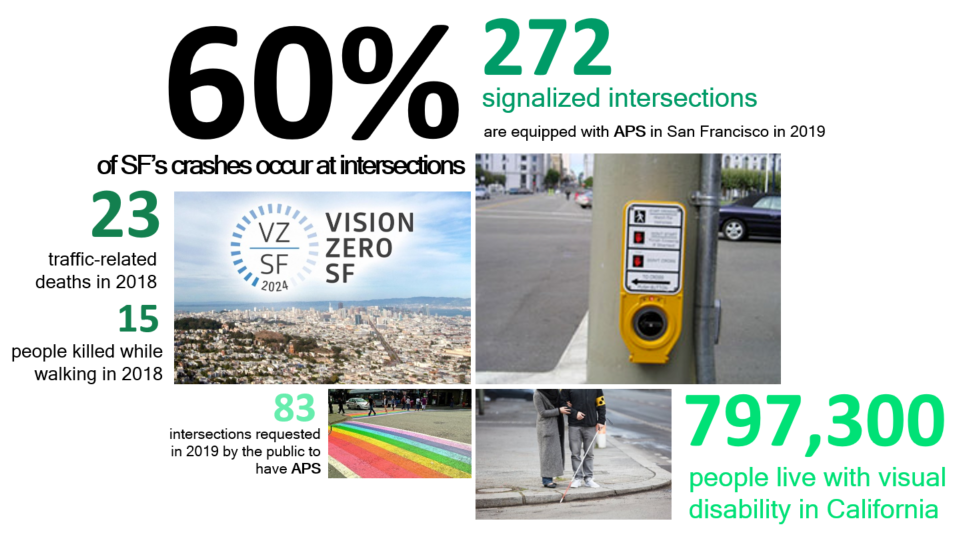
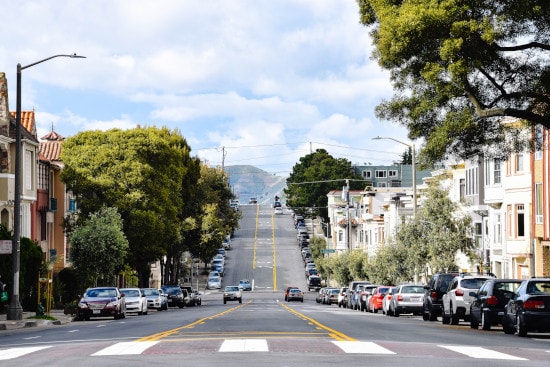

Recent Comments